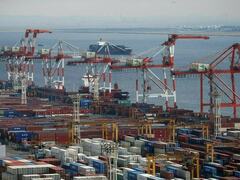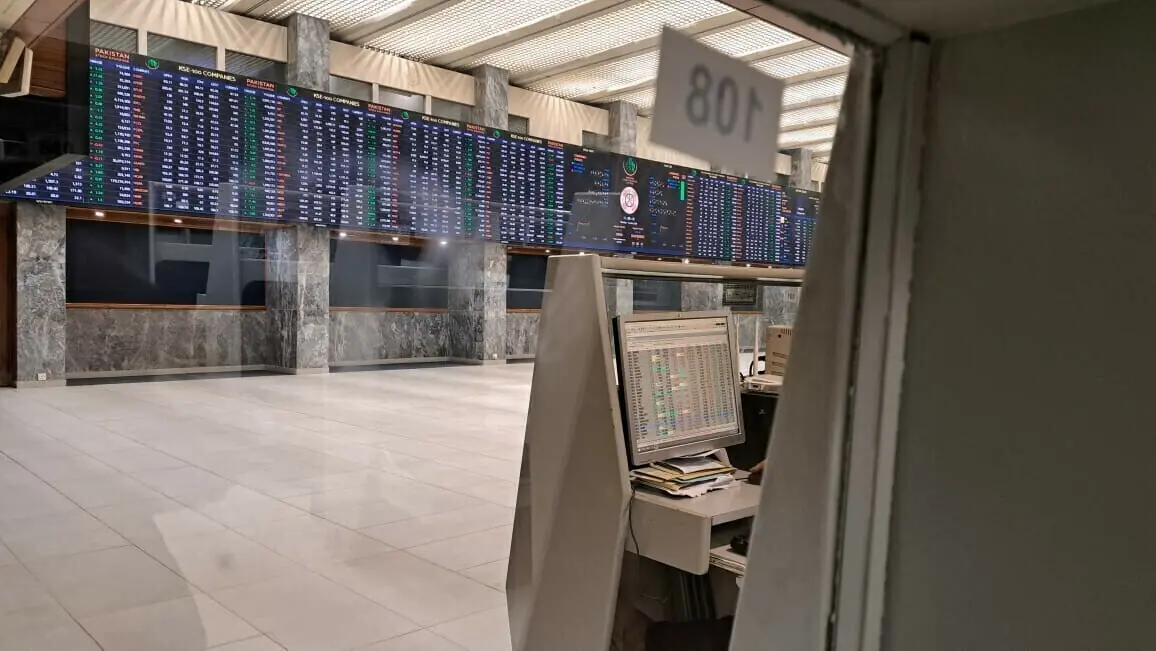Exchange rates, financing conditions: developing economiesface pressure from adverse turn of events
The International Monetary Fund (IMF) has stated that developing economies face pressures from adverse changes in exchange rates and financing conditions.
The IMF report "Dams and Dikes for Public Finances", maintained that more recently, sharply lower oil prices and persistently low commodity prices are hurting commodity exporters. As some measure of calm returns to the battered global economy, today's challenge is to construct the framework of dikes and dams for public finances which will enable countries to better weather the next storm.
According to the report, fiscal risks are highly correlated, asymmetric, and non-linear, elements which must be taken into account in a more risk-based approach to fiscal policymaking. This requires methods to better measure, prevent, and minimise fiscal risks. It also calls for exploring how to mainstream fiscal risk assessments into fiscal decision making. Such an approach would facilitate early identification of vulnerabilities, allowing for institutional changes to build resilience.
It further states that a risk-based approach is needed to fiscal policymaking that applies a systematic analysis of potential sources of fiscal vulnerabilities. This method would help countries detect potential problems early, and would allow for institutional changes to build resilience.
Before the 1970s, sharp public debt increases were associated with the World Wars and the Great Depression. But in the 1970s, the pattern changed and public debt began a steadily rising trend. In the 1990s, debt to GDP levelled off as advanced and emerging market economies strengthened policies and growth was strong. But the global financial crisis restored the earlier upward trend. Meanwhile, liabilities generally not reflected in debt figures-such as public pension and health costs-have continued to accumulate.
Not only is government debt at unprecedented levels in peacetime, but government debt only gives a partial view of public finances. In isolation it can be misleading, maintains the report.
The report further illustrates that contingent liabilities to struggling banks and troubled public enterprises pose additional sources of risk, oftentimes materialising when macro fundamentals are weak. Moreover, when an adequate institutional set-up is lacking, these contingent liabilities can be difficult to limit ex-ante because the state typically serves as the insurer of last resort whenever something goes wrong in the economy. Once realised, these risks can quickly spillover into regional and even global crises.
According to the report, politicians are quick to "bank" upside risks to their fiscal forecasts; and are prone to downplay or overlook downside risks. Nowhere is this more evident than in the way countries treat contingent assets and liabilities. Government forecasts often include revenues from future asset sales to reduce borrowing requirements, even though the precise amount or timing of the sale is uncertain. By contrast, governments typically exclude contingent liabilities, like guarantees, because it is uncertain whether or when they will be called. The result is a forecast in which the balance of risks is skewed, with downside risks consistently understated.
For small disturbances it is reasonable to assume that costs increase proportionally to the size of the disturbance. However, in extreme events, the associated financial, economic, social and political consequences can be much greater, maintains the report.





















Comments
Comments are closed.